23 Best Educational Toys for 7 Year Olds That Teach
Educational toys for 7 year olds have helped my son stay focused, build confidence, and actually enjoy learning.
At this age, he needs more than just fun—he needs hands-on challenges that keep his mind engaged.
The toys we’ve stuck with are the ones that spark curiosity and make real learning feel effortless.
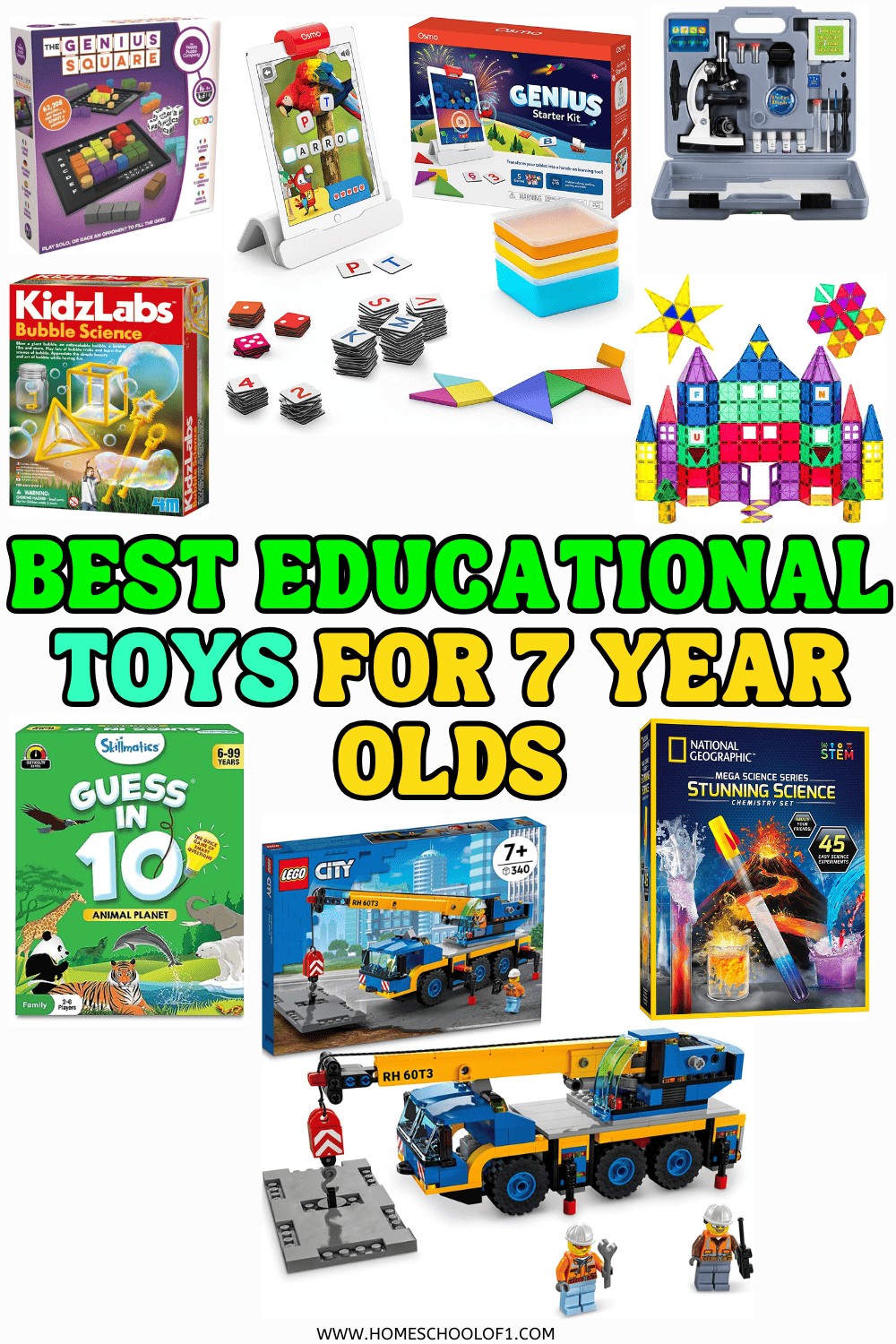
**This post may contain affiliate links. As an Amazon Associate and a participant in other affiliate programs, I earn a commission on qualifying purchases.**
Top Learning Toys for 7 Year Olds
At this age, the best educational toys are the ones that make learning feel like play—blending fun with real skill-building in areas like problem-solving, creativity, and teamwork.
STEM kits, puzzles, and interactive games all offer unique ways to keep kids challenged, curious, and engaged.
LEGO sets have been part of our daily routine for years now. They’ve done more than just entertain—they’ve helped my son develop patience, follow multi-step directions, and experiment with basic design ideas.
I’ve watched him start with small builds and gradually move to elaborate projects, often reworking pieces until he’s satisfied. It’s hands-on learning in the truest sense, and half the time, he doesn’t even realize he’s sharpening his focus or planning skills while doing it.
Check out all of our favorite gifts for Lego lovers
Osmo’s Coding Kit completely shifted how my son approached problem-solving. He didn’t even know he was learning to code—he just thought it was cool that he could make a character move by putting puzzle pieces together.
What stood out most to me was how fast he began thinking in steps and cause-and-effect patterns. It’s one of the few toys where I saw him instantly apply what he learned in other areas, like explaining how a remote works or how to fix something in a game.
We got The Genius Square as a casual game, but it quickly turned into a quiet-time favorite. It’s the kind of puzzle that challenges without frustrating, which is rare.
My son enjoys racing the timer or beating his own best time, and I like that it encourages spatial reasoning and quick thinking. It’s also one of the few things we both genuinely enjoy playing together—he teaches me strategies I never think of, which is always fun to watch.
Guess in 10 has sparked more dinner table debates than I expected—and I love it. It’s such a simple format, but it builds deductive reasoning and gets kids thinking beyond obvious answers.
My son has started asking better questions in everyday life because of this game. Plus, the animal theme has turned into spontaneous science discussions about habitats and species, which I count as a win for both learning and connection.
There’s something about magnetic tiles that never gets old. My son returns to them again and again, especially when he wants quiet play. He builds everything from tall towers to abstract shapes, and it’s fascinating to see how his understanding of balance, symmetry, and design has grown over time.
We’ve also used them for mini math lessons—grouping, patterns, and even simple addition—without it ever feeling like a lesson.
I was nervous about the mess, but this chemistry set ended up being one of the most exciting toys we’ve brought home. My son felt like a real scientist mixing things and observing reactions—especially the volcano experiment, which we’ve repeated multiple times.
What I appreciated most was how it helped him understand trial and error. Not everything worked perfectly, and that was part of the fun. It taught him persistence and curiosity, which are just as valuable as the science concepts.
These flash cards started as a road trip game but quickly became a family tradition. My son enjoys quizzing us just as much as we quiz him, and the repetition has really helped him retain state capitals without any pressure.
The visual format keeps things interesting, and we often turn it into a speed challenge or matching game. Geography used to feel abstract, but this made it something he could interact with—and even get competitive about.
This is one of the best State games for kids
Building a glowing terrarium with real plants felt like the perfect mix of science and creativity. My son spent over an hour arranging the soil, stones, and mini figures—then checked it every day like a little botanist. It opened up conversations about ecosystems, plant growth, and even fossils (since the kit had a few dino-themed pieces).
It’s rare to find a project that holds his attention and sparks that kind of curiosity without needing screens.
Related: Best gifts for 7 year old boys
Rapid Rumble is pure energy—it gets my son thinking fast and laughing even faster. The categories are clever, and the gameplay pushes him to recall facts, make associations, and think outside the box.
It’s loud and competitive in the best way, and I’ve noticed a big improvement in how quickly he can access vocabulary and general knowledge. It’s also one of the few games that works across age groups, so siblings and adults can jump in without needing to simplify.
This cube surprised me. I expected it to be a short-lived toy, but it ended up being something my son returns to when he’s winding down or needs a break from screen time.
The variety of games keeps it fresh, and I like how it mixes memory challenges, sequencing, and logic puzzles in one compact setup. He’s gotten faster at solving some of the games, and it’s been a subtle but steady way to build focus and mental flexibility.
Mapology turned our dining room table into a mini geography lab. My son didn’t just learn where continents go—he started asking questions about oceans, climate, and how countries fit together.
The puzzle format made geography tactile and less abstract, and it led to follow-up activities like drawing maps or watching nature documentaries. It’s been one of those tools that keeps him grounded in the real world while still feeling like play.
Math Whiz was a game-changer for us on tough math days. The electronic format gave my son independence—he could practice operations at his own pace without feeling like he was being tested.
I noticed his confidence with basic math facts improved within a few weeks, just from using it in short bursts. It’s also been easy to bring in the car or use during downtime, which helps keep the momentum going without formal lessons.
Related: Best math board games
HEXBUG Nanotopia completely surprised me—what looked like a novelty toy actually turned into an early lesson in robotics and engineering. My son loves experimenting with layouts to see how the nano bugs move through tunnels and obstacles.
He’s learning about cause and effect, friction, and design through pure trial and error. Plus, the sensory aspect—watching, touching, and rearranging—really holds his attention in a way most toys don’t.
This talking map instantly clicked with my son. The interactive questions made it feel like a game show, and he got hooked trying to beat his high score. What I appreciate is how much he retains—facts about state capitals, landmarks, and even time zones come up in random conversations.
It’s one of the few toys where I can actually track real-world learning without asking him to “study” anything.
Related: Best map games for kids
The 3D pen brought a whole new dimension to his creativity—literally. At first, he just traced shapes, but now he’s designing mini buildings, tools, and even characters. It’s helped with spatial awareness and hand control, and I’ve watched him learn to problem-solve when something collapses or doesn’t hold.
What started as a craft project has become a crash course in patience, geometry, and basic design thinking.
Related: Best books for 7 year olds
These dry-erase activity mats have been a lifesaver on days when screens aren’t an option. Each mat has a mix of challenges—math, logic, word puzzles—and my son gets competitive with himself trying to finish them faster or with fewer errors.
I love that they’re reusable, so he doesn’t blast through them in one sitting. It’s a great balance of independent learning and fun without needing much setup.
This dart board turned out to be more than just a rainy-day game. It’s helped my son work on focus and control, and he gets a big confidence boost every time he lands a bullseye.
We’ve even made up our own scoring variations to sneak in some mental math. The fact that it’s safe and easy to hang anywhere makes it a go-to for casual fun that still builds useful skills.
The first time we opened this anatomy kit, my son was instantly hooked. Taking the body apart organ by organ gave him a hands-on understanding of how everything connects.
He kept asking, “What does this part do?”—and I love when toys trigger those kinds of questions. It’s made concepts like digestion and circulation feel real, not just something from a textbook. Bonus: he now thinks he’s ready for med school.
Related: Free human body systems worksheets
Snap Circuits turned my son into a mini engineer almost overnight. He started with basic light switches and quickly moved to building alarms and motion sensors.
The step-by-step guide gave him enough structure to succeed, but it also left room for experimentation. I loved seeing him explain how a circuit worked to a friend—it showed me how much he really understood. It’s one of the few toys where the learning is both obvious and exciting.
This kit is a perfect mix of mechanical building and problem-solving. My son loves the hands-on aspect—connecting wires, assembling parts, and adjusting designs when things don’t work right the first time.
It’s taught him that failure is part of learning, and I’ve seen his persistence grow because of it. These projects have helped him develop both critical thinking and fine motor skills, without ever feeling like a lesson.
I bought this one out of nostalgia, but it’s actually been a great tool for independent spelling practice. My son likes that he’s competing against himself to get words right, and I appreciate how low-pressure it feels.
The robotic voice and retro vibe give it a charm that’s oddly motivating, and it’s been helpful for reinforcing spelling patterns in a way that sticks better than worksheets.
This kit brought out my son’s inner scientist and showman at the same time. He spent an entire afternoon testing different bubble wands, changing the soap-to-water ratio, and measuring how long each bubble lasted.
It opened up natural questions about surface tension and air pressure, which we explored together. I wasn’t expecting a simple bubble kit to lead to such curious experimentation, but it absolutely delivered.
This microscope gave us one of our most memorable learning moments—we looked at a single leaf, and my son was floored by how complex it looked under magnification.
Since then, he’s examined salt, fabric, even a strand of his own hair. It’s turned everyday objects into science opportunities. He’s learned how to prep slides and adjust the focus himself, and it’s become part of our regular rotation for indoor learning days.
Choosing the right educational toys for 7 year olds has made learning more enjoyable—and more effective—in our home.
Whether your child loves science kits, puzzles, or hands-on building, the key is finding toys that match their interests and challenge them just enough.
If you are looking for slightly older children you can check out our favorite educational toys for 8 year olds too.
I hope this list helps you find a few new favorites to add to your collection.
Last Updated on 15 April 2025 by Clare Brown

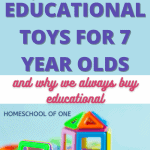
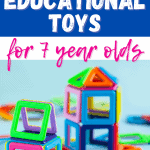
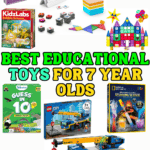
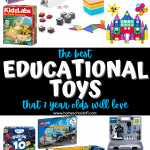
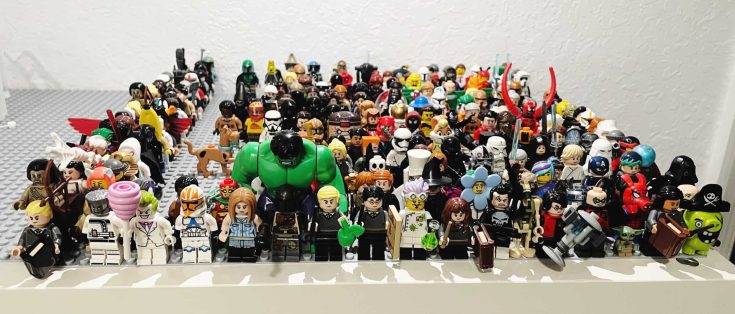
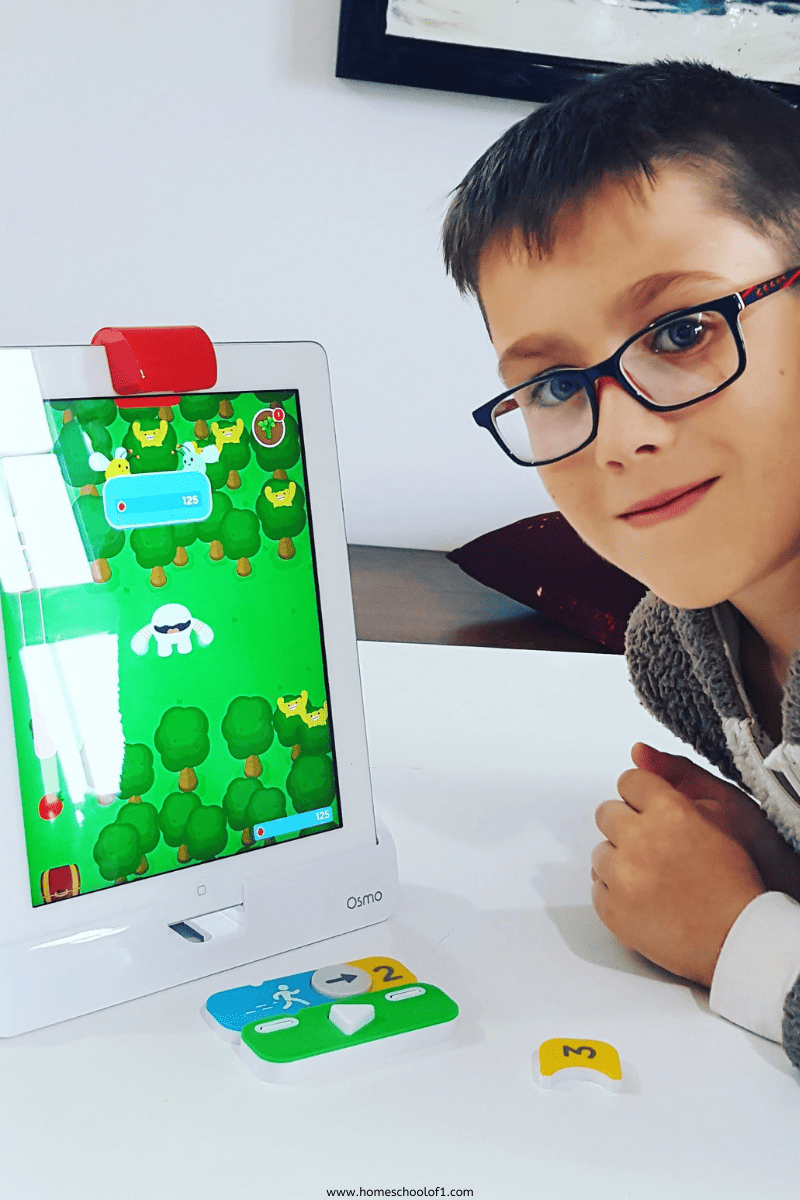







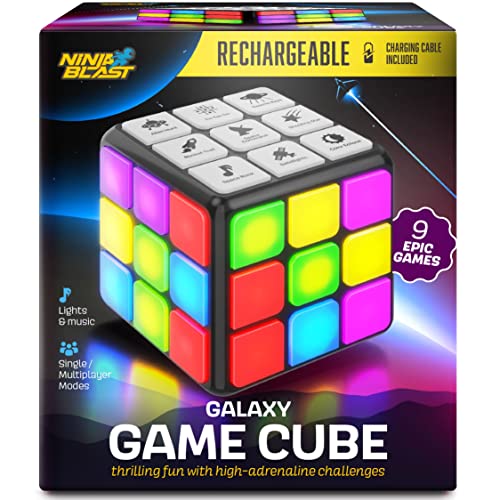













These all look great (and have given me some good ideas for my nephew’s birthday at the end of the month!)
Great suggestions here, our boys love science kits!